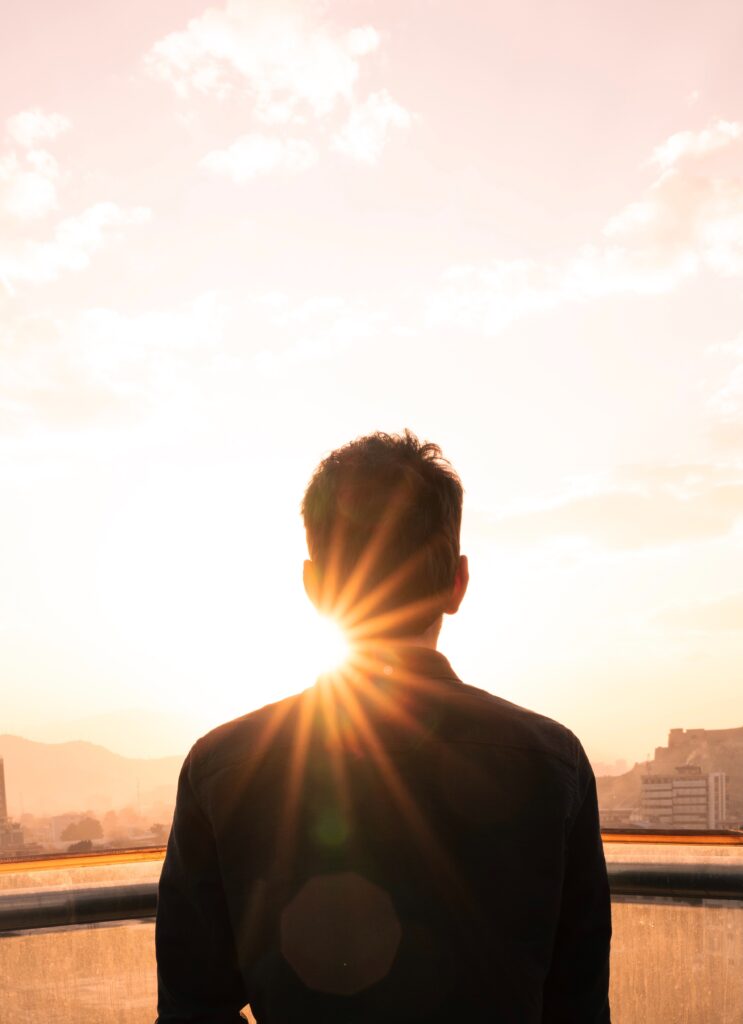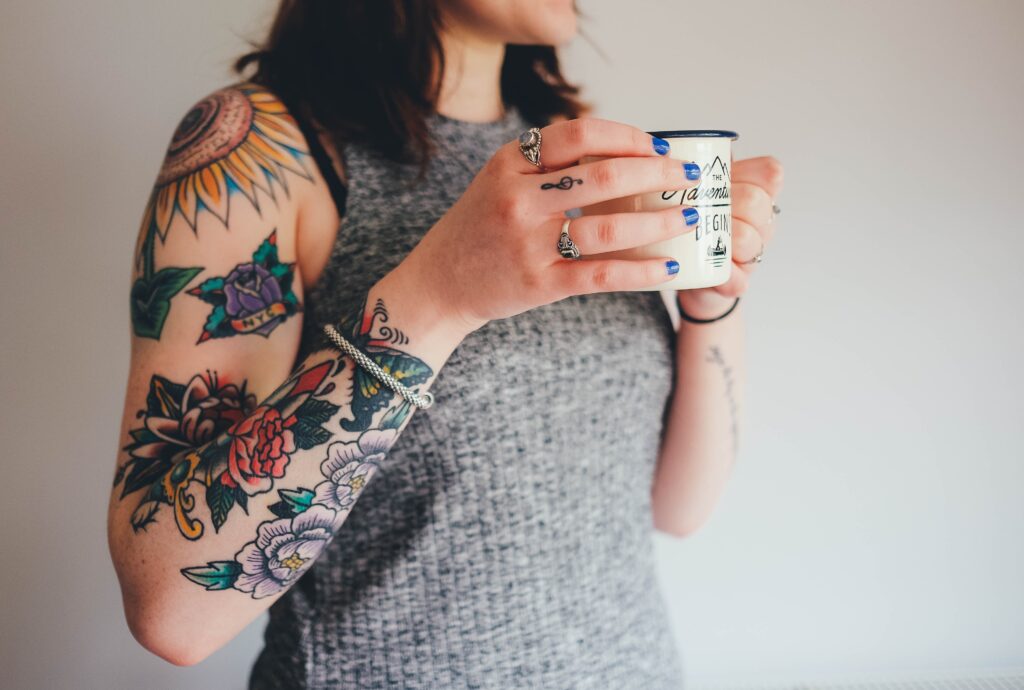Beauty marks, those charming and distinctive features on our faces, often raise questions about their origin, types, and impact on facial aesthetics. Let’s delve into the causes of beauty marks, the various types they take, and their influence on the perception of facial beauty.
I. Introduction
Beauty marks, also known as beauty spots or moles, are unique pigmented areas on the skin that have captivated human fascination for centuries. Beyond their aesthetic appeal, beauty marks hold cultural and historical significance, contributing to the diversity of facial features.
II. Causes of Beauty Marks
Genetic Factors
One of the primary reasons for beauty marks lies in our genetic makeup. The presence of certain genes can predispose individuals to develop these distinctive features, making them a hereditary trait passed down through generations.
Sun Exposure

Sunlight plays a role in the formation of beauty marks. Prolonged exposure to the sun can stimulate melanin production, the pigment responsible for skin color. This, in turn, can lead to the development of freckles or moles, especially in individuals with lighter skin tones.
Hormonal Changes
Hormonal fluctuations, such as those occurring during puberty or pregnancy, can contribute to the appearance of beauty marks. Changes in hormone levels can affect melanin production, resulting in the emergence of new pigmented areas.
III. Types of Beauty Marks
Moles
Moles are perhaps the most common type of beauty mark, characterized by clusters of pigmented cells. While some moles are small and inconspicuous, others can be larger and more prominent, adding a unique touch to one’s facial features.
Freckles
Freckles are another type of beauty mark, often associated with fair skin. An uneven distribution of melanin causes these small, flat spots and can appear across the face, shoulders, and other sun-exposed areas.
Birthmarks
Some beauty marks are present from birth, known as birthmarks. These can vary widely in size, shape, and color, making each person’s birthmark a distinctive part of their appearance.
IV. Beauty Marks and Face Beauty
Positive Impact
Beauty marks are celebrated for enhancing facial charm and uniqueness. Many individuals view them as assets that contribute to a more interesting and memorable appearance, adding character to the face.
Cultural Perspectives
The perception of beauty marks varies across cultures. In some societies, beauty marks are considered marks of distinction, while in others, they may be associated with superstitions or myths. Understanding these cultural perspectives provides insight into the diverse meanings attached to beauty marks.
Potential Insecurities
Despite the positive aspects, some individuals may feel self-conscious about their beauty marks, especially if they deviate from conventional beauty standards. Addressing these insecurities involves fostering self-acceptance and challenging societal norms.
V. Identifying Beauty Marks
Understanding the causes of beauty marks is essential for identification and monitoring. Regular self-checks can also contribute to the early detection of any changes, ensuring skin health.
Characteristics
Beauty marks are often round or oval-shaped, with a consistent color and well-defined borders. Irregularities, changes in color, or asymmetry may warrant closer attention and professional evaluation.
Medical Significance
While most beauty marks are harmless, it’s crucial to monitor changes, as some may indicate skin conditions or, rarely, potential health risks. Seeking medical advice for any concerns is a proactive approach to skin health.
VI. Embracing Your Beauty Marks
Confidence Boost
Embracing your beauty marks can boost confidence and self-esteem. Recognizing them as unique features that contribute to your individuality fosters a positive self-image.
Makeup Tips
For those who wish to enhance or minimize the visibility of their beauty marks, makeup can be a powerful tool. Makeup artists often use strategic techniques to highlight or conceal these features according to personal preferences.
VII. Beauty Marks and Health

Regular Skin Check-ups
Routine skin examinations are essential for monitoring the condition of beauty marks. Dermatologists recommend regular check-ups to identify any changes that may require further evaluation.
When to Consult a Dermatologist
If you notice significant changes in the size, color, or shape of a beauty mark, or if it becomes itchy or bleeds, it’s crucial to consult a dermatologist promptly. Early detection can be crucial in addressing potential health concerns.
VIII. Celebrities and Beauty Marks
Iconic Beauty Marks in the Entertainment Industry
Several celebrities are celebrated for their iconic beauty marks, which have become a signature part of their image. From Marilyn Monroe’s mole to Cindy Crawford’s distinctive mark, these features have left a lasting impact on beauty standards.
IX. Cultural Variations
Different Perceptions Around the World
Cultural attitudes towards beauty marks vary globally. While some cultures may associate them with luck or attractiveness, others may view them differently. Exploring these variations provides a broader understanding of the diverse meanings attached to beauty marks.
X. Tips for Preventing Beauty Mark Changes
Sun Protection
Protecting your skin from excessive sun exposure is a key factor in preventing changes to beauty marks. Sunscreen, hats, and other protective measures can help maintain the integrity of your skin.
Healthy Skincare Routines
Adopting a healthy skincare routine, including proper cleansing and moisturizing, contributes to overall skin health. Well-hydrated and nourished skin is less prone to changes in pigmentation.
XI. Beauty Marks in History
Symbolism in Different Eras
Throughout history, beauty marks have held different symbolic meanings. In some eras, they were associated with specific virtues or social status. Exploring the historical context adds depth to our understanding of the evolving perceptions of beauty marks.
XII. Debunking Myths about Beauty Marks
Common Misconceptions
Myths surrounding beauty marks often perpetuate misinformation. Debunking common misconceptions with scientific explanations promotes accurate understanding and dispels unnecessary fears.
XIII. Beauty Marks and Self-Expression
Tattoos as an Alternative

For those seeking a more permanent form of self-expression, beauty marks can be recreated through tattooing. This artistic choice allows individuals to personalize their appearance according to their preferences.
Personal Stories
Sharing personal stories of individuals who have embraced their beauty marks can inspire others to appreciate their uniqueness. These narratives create a sense of community and solidarity.
XIV. Social Media and Beauty Marks
Impact on Beauty Standards
Social media platforms play a significant role in shaping beauty standards. The celebration of diverse beauty marks on these platforms contributes to a more inclusive and accepting definition of beauty.
Embracing Uniqueness
Encouraging the celebration of diverse facial features fosters a culture of inclusivity. Embracing uniqueness, including beauty marks, contributes to a more positive and accepting societal outlook.
XV. Conclusion
In conclusion, beauty marks are not just pigmented spots on the skin; they are unique features that contribute to the diversity and richness of facial aesthetics. Understanding their causes, types, and impact on face beauty allows individuals to embrace and celebrate these distinctive traits.
Frequently Asked Questions
- Can beauty marks be removed safely?
- Beauty marks can be safely removed through various dermatological procedures. Consultation with a dermatologist is recommended to discuss options.
- Do beauty marks change over time?
- Some beauty marks may change, such as color or size fluctuations. Regular monitoring and professional evaluation can address any concerns.
- Are beauty marks hereditary?
- Yes, genetic factors play a significant role in the development of beauty marks, making them hereditary in many cases.
- Can makeup completely conceal beauty marks?
- While makeup can effectively conceal beauty marks, the degree of coverage may vary. Makeup artists employ different techniques for optimal results.
- Are there cultural taboos associated with beauty marks?
- Cultural perceptions of beauty marks vary, and while some cultures celebrate them, others may attach specific taboos or superstitions.
- Do hormonal changes play a significant role in the causes of beauty marks?
- Absolutely. Hormonal fluctuations, such as puberty or pregnancy, are the causes of beauty mark formation. Changes in hormone levels can influence melanin production, affecting the appearance of these distinctive facial features.
